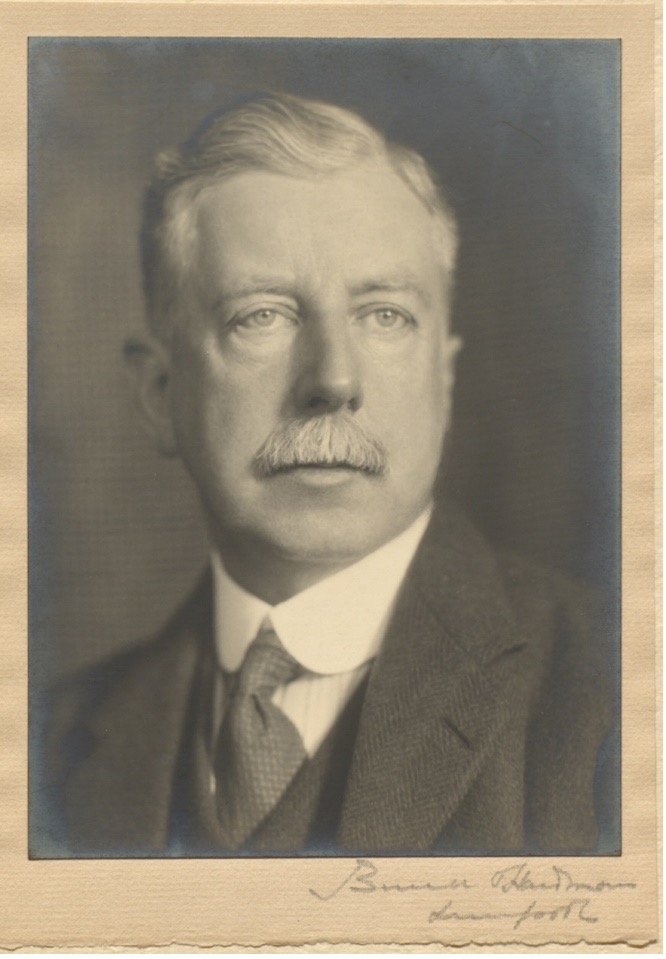The First World War
Panel 12
By the beginning of the 20th century the population of Liverpool reached 700,000. The population had increased as people came to the city seeking employment opportunities. Home to wealthy merchants and industrialists, Liverpool at the beginning of the War was also home to a large number of poor working-class families. The Liverpool docks provided employment for many working-class men, but the system of employing them was often casual and short term. Enlisting in the armed forces when war broke out provided an alternative occupation. At least 12,000 men from Liverpool enlisted in the navy while the army offered further opportunities to enlist.
By the end of the War, over 100,000 had joined the fighting forces. Of these, over 13,000 men were killed by the end of the war. As more and more men enlisted, women were employed as land workers, in factories, on public transport and in government departments. As a result, the end of the War brought many social changes, such as corporation housing and the clearing of slum housing under new acts to improve the health conditions of the city. Women’s rights to vote were also gradually extended until 1928 when they gained the same rights as men.
Charles Sydney Jones was a partner in Lamport and Holt in the 1890s. This import and export shipping company took advantage of, and profited from, poor labour conditions in Brazil, where enslaved labour remained legal until the 1880s. Sydney Jones retired in 1910 and joined the Blue Funnel Line as a partner in 1911 and remained with them until his death. Throughout those years sea faring employees of Chinese origin were employed and discriminated against through low wages, segregation and forcible repatriation. Though his role in these events was unclear, the discrepancies in wages among white and Chinese staff, and the illegal repatriation of Chinese employees, were taken at a time when he was a key decision-maker in the company. These events were featured in the 1990 film, Blue Funnel, starring actor David Yip who is a descendant of a seaman’s family.
Abercromby Square in its entirety now forms part of the University of Liverpool where the Sydney Jones Library now occupies what was formally St Catherine’s Church. The site of the former ‘Lunatic Asylum’ is now the quadrangle of the Victoria Gallery and Museum, and the Women’s Penitentiary site is now student accommodation, while the former workhouse is now the Roman Catholic cathedral.

Fig 12.1 Captain Noel Chavasse whose commemoration statue stands on AS (The Museum of Military Medicine).

Fig 12.2 Charles Sydney Jones (University of Liverpool Library)
Link: National Museums Liverpool: Liverpool’s Chinese Community
https://www.liverpoolmuseums.org.uk/stories/liverpools-chinese-community-during-blitz
References
Clayton, A. (2007) Chavasse: Double VC: The Highly Acclaimed Biography of the Only Man to Win Two Victoria Crosses During the Great War. Pen and Sword.
Liverpool City Region Local Enterprise Partnership. (2017). Liverpool at War. Visit Liverpool. https://www.visitliverpool.com/blog/read/2017/09/liverpool-at-war-b223#:~:text=More%20than%2012%2C000%20Liverpool%20men,Britain%20between%201914%20and%201918
Russell, P. (2018) Great War Britain: Liverpool, Remembering 1914-18. History press,19-20.
Teele, D. (2020). Women & the Vote. Daedalus. 149. 25-39.
The Holt Family History. National Museums Liverpool. https://www.liverpoolmuseums.org.uk/sudley-house/holt-family-history
Williams, A. (2021) Major Donors to the University of Liverpool Art Collections: An investigation into Connections to Slavery, Colonialism and Empire Interim Report. University of Liverpool. 11-25.